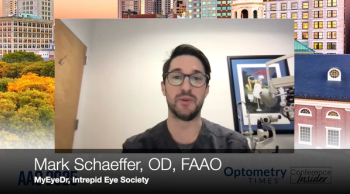
Researchers develop contact lens to help blind “see” with Braille-like sensation
Researchers are developing a prototype contact lens for the blind that would translate images into a Braille-like sensation felt on the eye using small electric impulses.
Tel Aviv, Israel-Researchers are developing a
The lens is in development at Bar-Ilan University in Tel Aviv, Israel. The system sends an image taken by a smartphone to the contact lens, which has been fitted with a series of electrodes that will send electric impulses to relay shapes onto the cornea.
“It’s like reading Braille, not with your fingertips, but with your eyes,” says Professor Zeev Savelsky, who is developing the lens. “We can encode an image with many more points than the Braille system and use these to stimulate the surface of the cornea.”
Researchers say they’ve had some success with initial trials and test subjects were about to identify objects after some practice. The project is still several years away from the market as it has yet to go through full clinical trials and is searching for funding for mass production.
Newsletter
Want more insights like this? Subscribe to Optometry Times and get clinical pearls and practice tips delivered straight to your inbox.


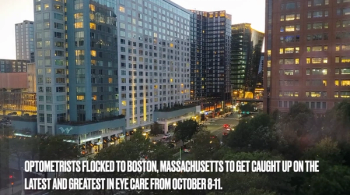
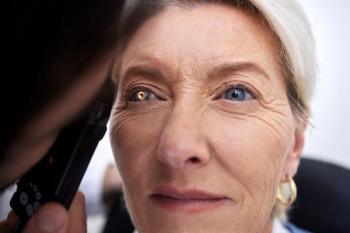
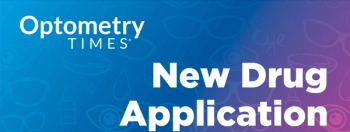
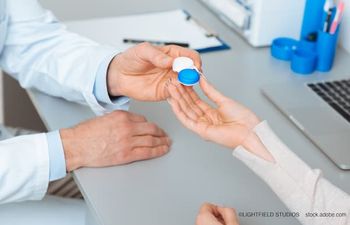
























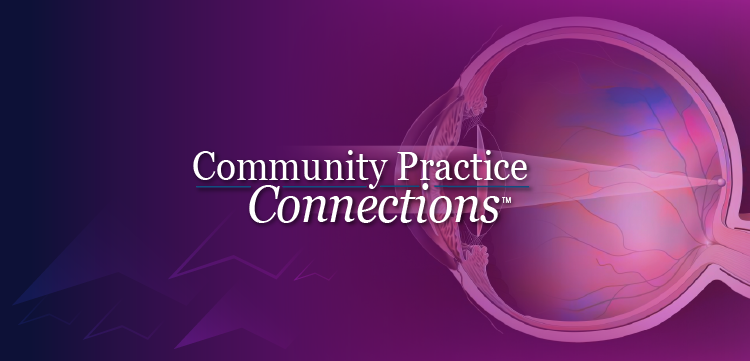

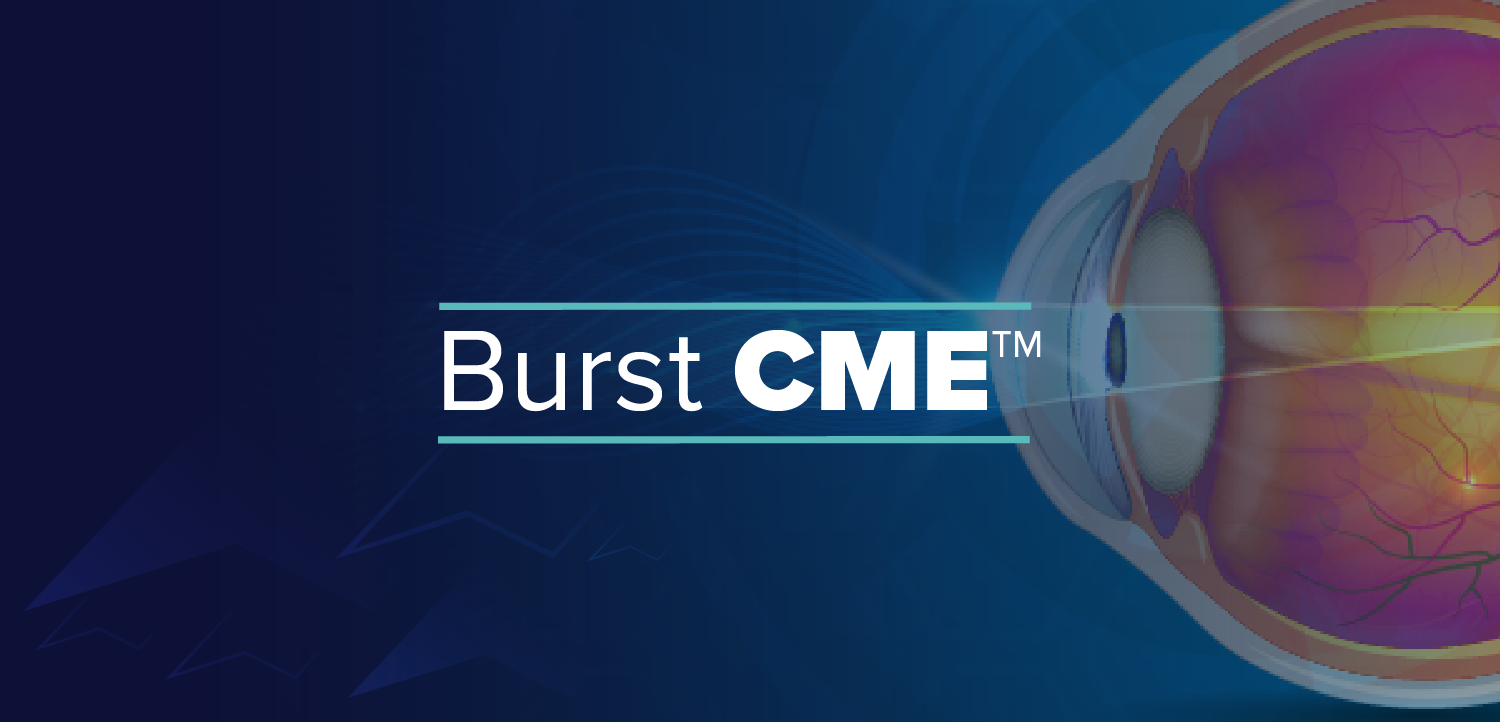

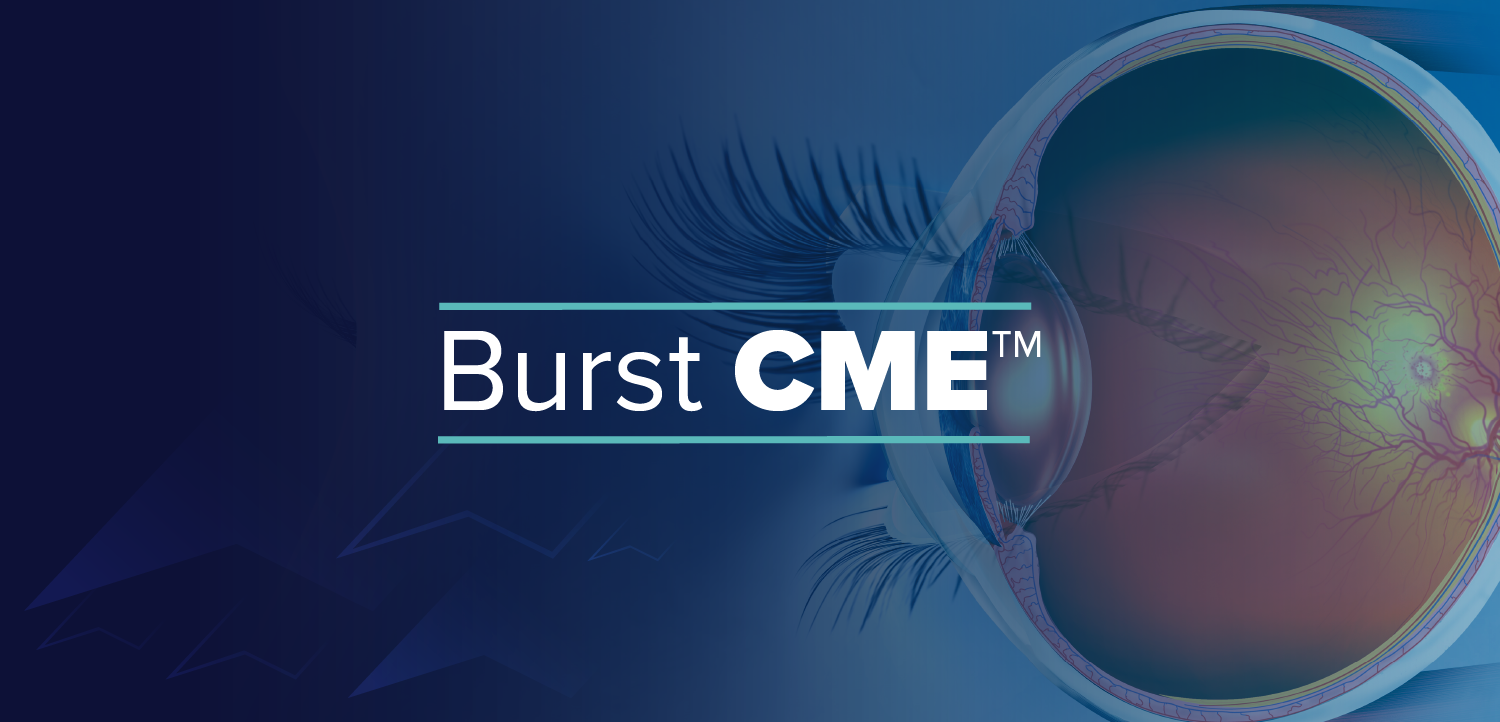
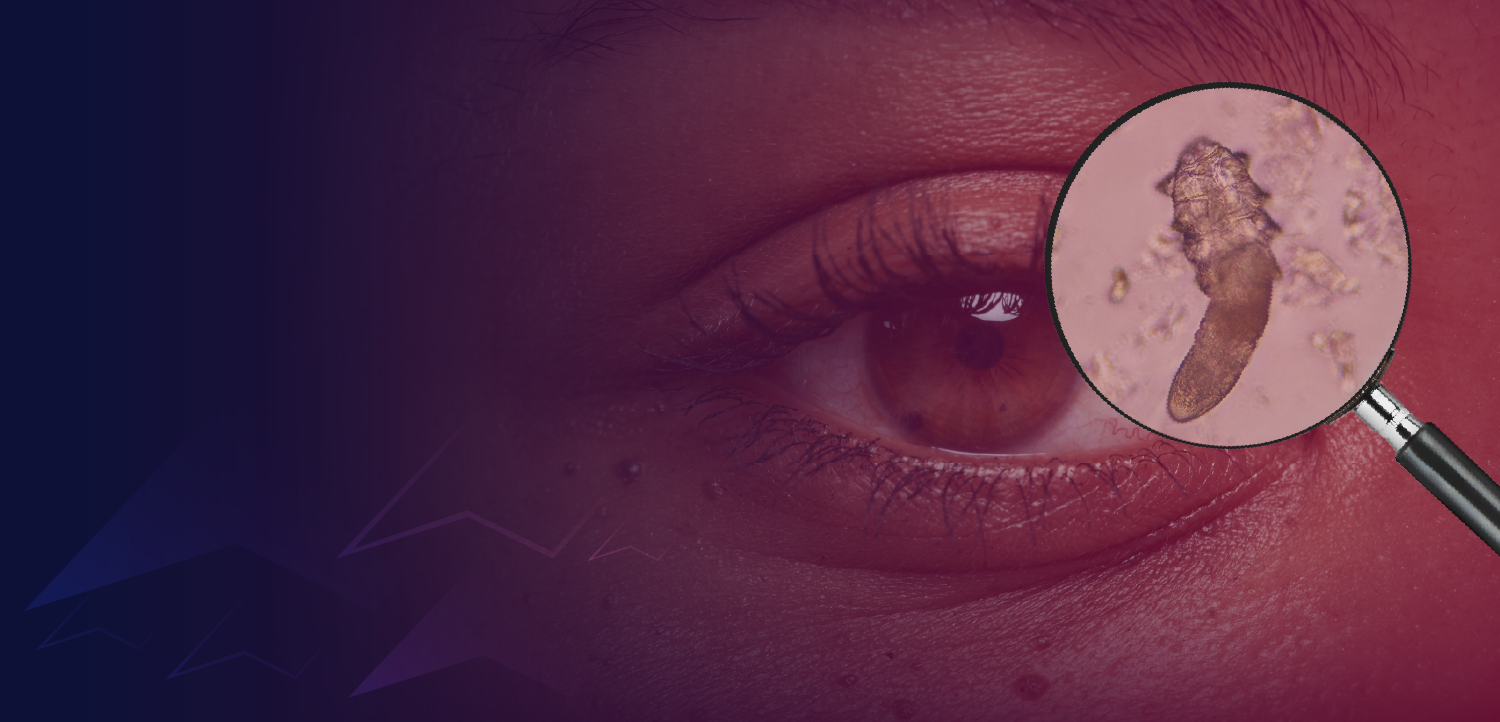















.png)


